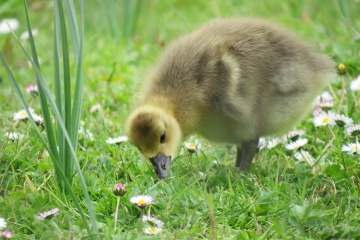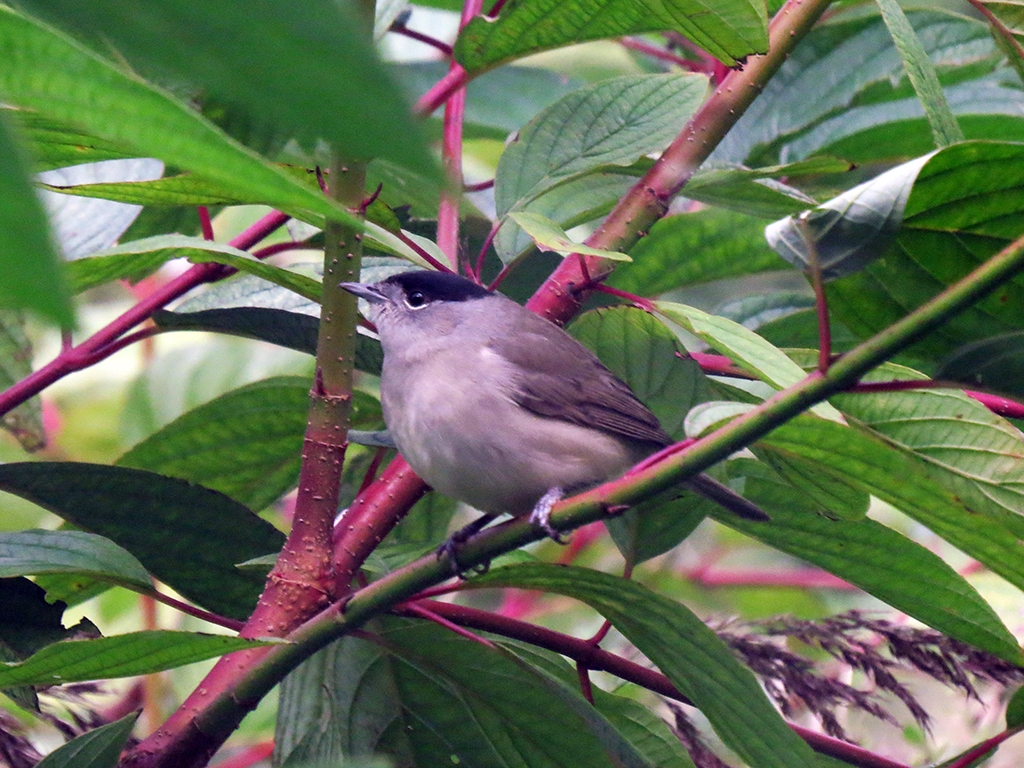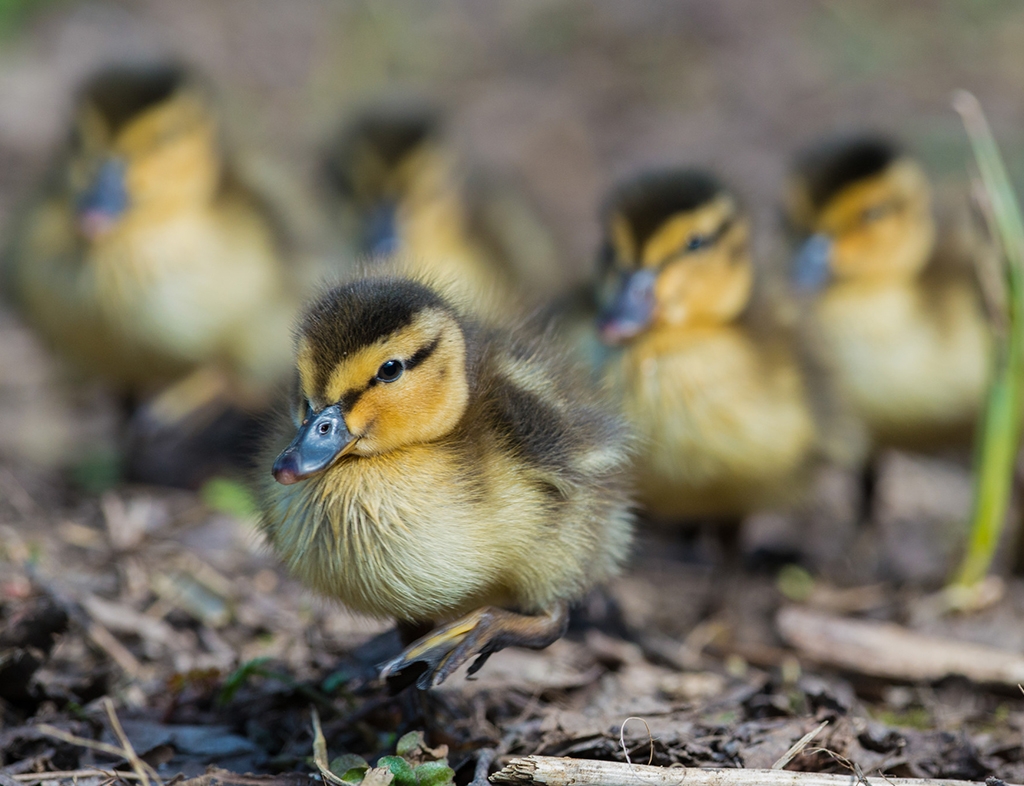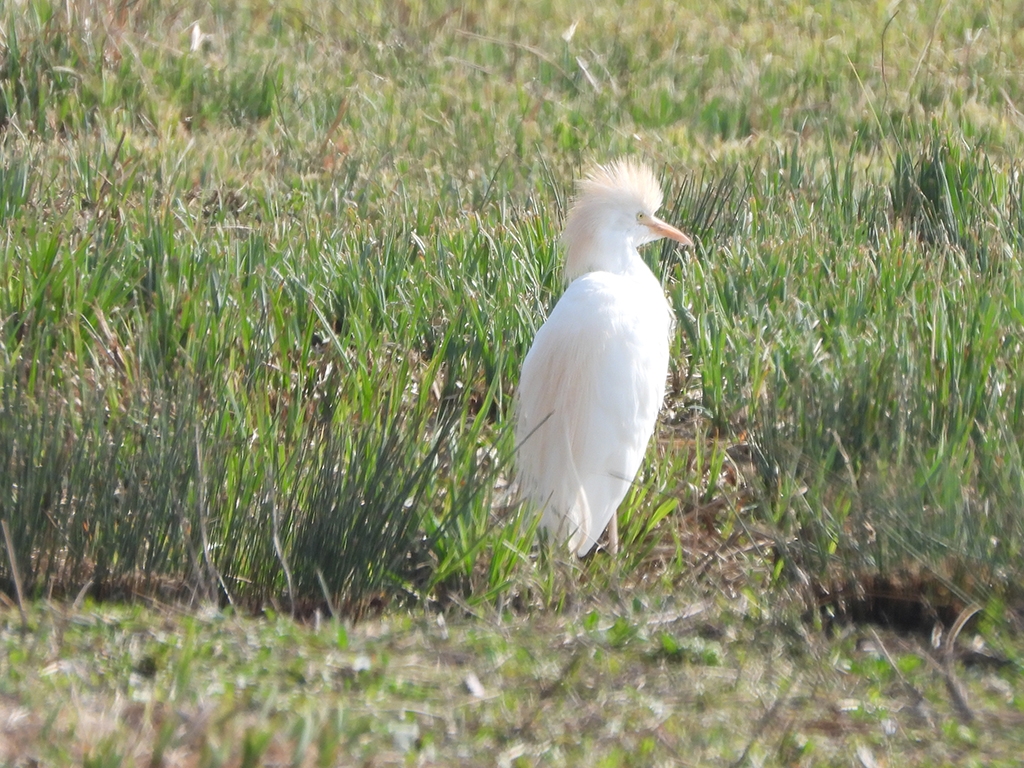Bat survey proves Nathusius'pipistrelles onsite
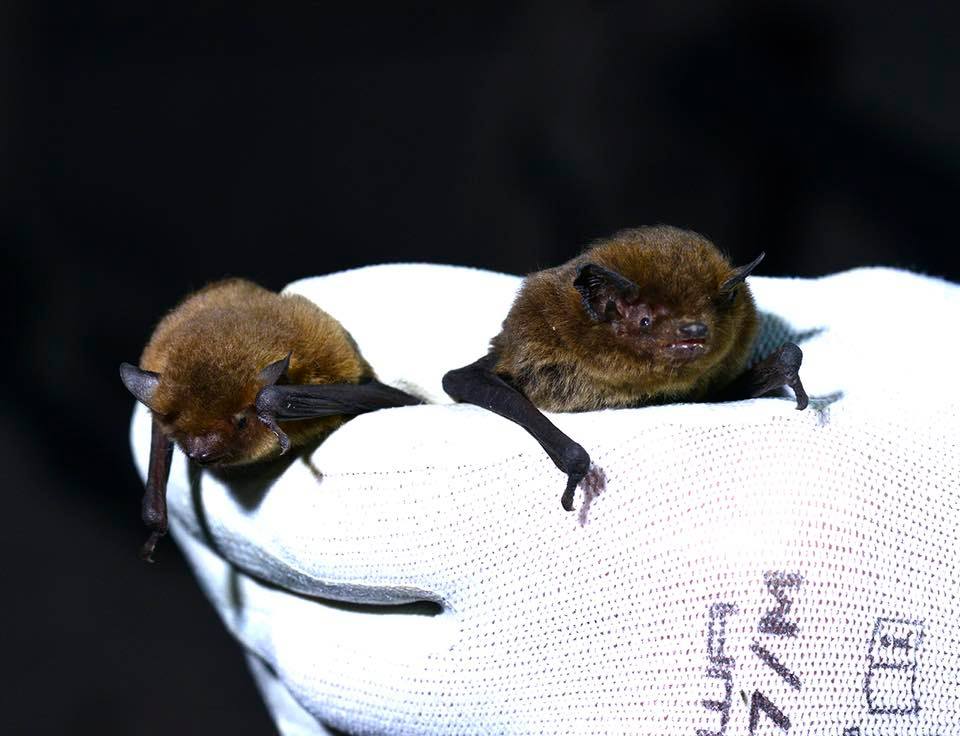
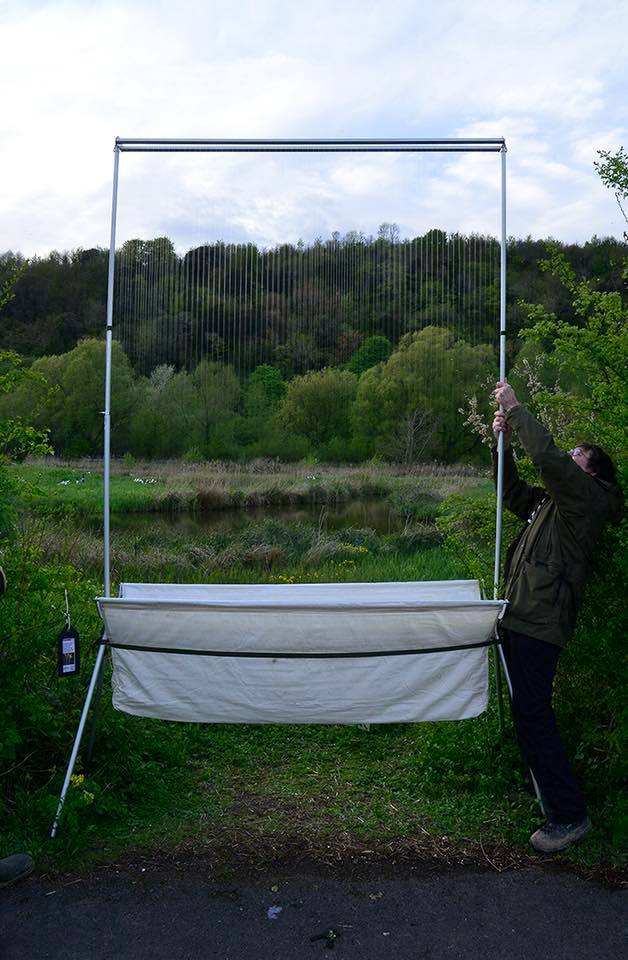
Sightings notes by Paul Stevens, Reserve Manager, WWT Arundel Wetland Centre
I did a bat survey with Martyn Cook and Ryan Greaves of Sussex Bat Group last Thursday evening. Martyn is licensed to use the harp trap and handle bats. A harp trap captures bats without tangling them in nets. To avoid the trap’s string bats turn their body but find they then can't maintain their angle of flight and drop harmlessly into the trap. The bottom of the trap is transparent so it’s easy to ID the bats inside.
Martyn was looking for some Nathusius' pipistrelle, who's calls have been showing up on our bat detectors during our recent WWT surveys. The harp trap caught two Nathusius' pipistrelles, a male and a female.
According to Sussex Bat Group:
“Relatively little is known about this rarely recorded species in Britain. Ringing studies have revealed that the species undergoes long-distance seasonal migrations in continental Europe, between breeding grounds in the north and east and hibernation areas in the south and west. The longest known annual movement is 1,905 km. Major migration routes tend to be along the coast and major river valleys, but they are known to make sea crossings of several hundreds of kilometres.
They are most often recorded around large water bodies in the UK and so this site (lagoons of WWT Arundel Wetland Centre) seemed an ideal surveying site. Now we’ve confirmed their presence we hope to continue surveying here later in the season. They are found to be most abundant during their spring and autumn migration period.”
WIldlife Sightings
Arun Riverlife:
- male tufted ducks, fewer females as they are starting to sit on eggs
- House martins hawking insects on Sunday before rain
- Some swallows and sand martins moving through
Woodland Loop:
- Goldfinches
- Willow warbler
- Tits in nesting boxes
- mallard ducklings
Reedbed boardwalk:
- Willow warblers
- Black cap
- Chaffinch
- Mandarin ducks (tree nesting ducks) have been using the owl barrel in tree along boardwalk at corner of reserve as a nesting spot. They are also using a tawny owl nest box in the Carr woodland area.
- chiff chaff nest spotted in the reedbed
Lagoons:
- male pochard ducks, no females visible here or onsite as must be on nests
- male gadwall no females visible here or onsite as must be on nest
- male shoveller, no females visible here or onsite as must be on nests
- mostly male tufted ducks, few females
Tranquil Trail Path:
- Cowslip flowering
- Forget me nots flowering
- Black cap singing
- Lesser celandine flowering
- Coltsfoot has gone to seed, making food for goldfinches
- Brimstone butterfly egg laying on buckthorn, not many leaves
Wet meadows:
- Lapwing nesting opposite Ramsar hide, and out from Lapwing hide
(No chicks yet but they are late so maybe this week or next) - Greylag pairs with goslings
Sand Martin hide:
- House martins
- Handful of sand martins
- A few swallows
- Black-headed gulls
- Mediterranean gulls
